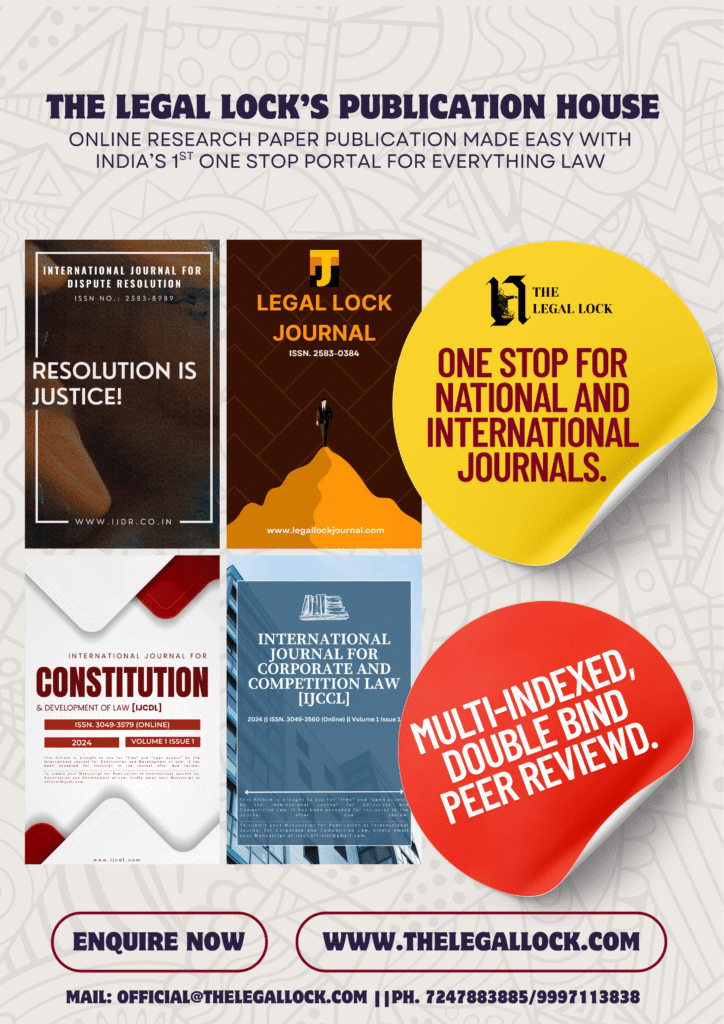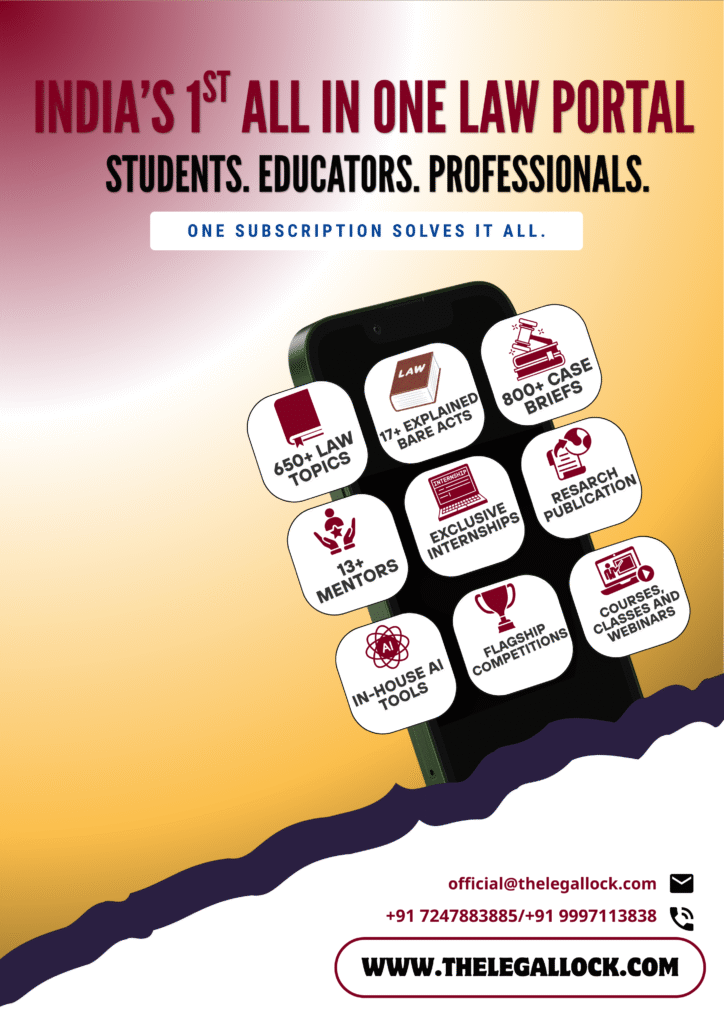Chapter II of RTI: Obligations of Public Authorities

INTRODUCTION
A legislative tool to ensure administrative authorities’ accountability, the Right to Information Act, 2005, empowers individuals. It allows them to inquire about government plans, policies, and administrative or quasi-administrative actions or inactions. Chapter II of RTI Act covers the right to information and public authorities’ obligations. It spans from Section 3 to Section 11. According to the Right to Information Act of 2005, public authorities are the information repository. The Act requires public bodies to facilitate citizens’ access to the data they manage. The head of the authority is actually responsible for the authority’s commitments.
CHAPTER II of RTI
Right to Information and Obligations of Public Authorities
Chapter II of RTI Act relates to the right to information and obligations of public authorities. Everyone has the right to access information kept by public authorities, according to Section 3. Public authorities must establish a system to disclose certain information. Public authorities are subject to certain requirements under the RTI Act, including those outlined in Section 4.
Section 4(1)(a) outlines the maintenance of all records in computerized form. As required by this Act, all public authorities must keep their records properly categorized, catalogued, and formatted to support the public’s right to access information. Within a reasonable timeframe, the public authority will make sure that all records are computerized. However, the availability of resources significantly affects this commitment. To facilitate access to these documents, authorities will link computerized resources nationwide through a network on multiple platforms.
Section 4(1)(b) provides for the suo motu disclosure of information. Within 120 days of enactment, every public authority must publish extensive information under the Act and update it annually. This includes organizational structures, decision-making procedures, and regulatory norms. Additionally, it covers document availability, public consultation mechanisms, and board details while ensuring accessibility. Authorities include officer directories with remuneration, budget allocations, and subsidy program execution details with beneficiaries. Moreover, it provides information on permits, concessions, electronic data accessibility, and public information facility details.
Public information officers’ particulars, policy formulation facts, and reasons for administrative decisions affecting the public are specified. These fall under Sections 4(1)(c) and 4(1)(d), respectively.
These measures aim to promote transparency and accountability by ensuring citizens have access to crucial information held by public bodies.
Dissemination of Information
Sections 4(2) to 4(4) provide for the dissemination of information to the public. Authorities must ensure people need to use this Act as little as possible. They should provide as much information as practicable suo motu at regular intervals through various communication methods, including the internet. The most efficient local communication means, cost-effectiveness, and local language must be considered under Section 4(1).
The data must be easily obtainable, free of charge, or available at a predetermined fee for the medium or print price. “Disseminated” means bringing information to public knowledge through notice boards, newspapers, public announcements, media, the internet, and inspections.
Designation of Public Information Officers
Section 5 covers the designation of assistant public information officers and public information officers. Within 100 days of the Act’s passage, all public authorities must designate Central Public Information Officers (CPIOs) and State Public Information Officers (SPIOs). These officers, assigned to every administrative unit, facilitate information distribution as per the Act. Additionally, sub-divisional Assistant Public Information Officers (APIOs) accept and forward appeals and information requests to higher authorities. In addition to managing requests and offering assistance, CPIOs and SPIOs have the authority to recruit more police as needed. The requirements of the Act hold helping officers accountable, guaranteeing citizens efficient access to information and openness.
The process for submitting an information request is outlined in Section 6. A written or electronic request in Hindi, English, or the official language of the area must be sent, together with the required payment. The requester must submit a written application with details of the information sought to the Assistant Public Information Officer or the Central or State Public Information Officer of the relevant body. The officer must help reduce an oral request to writing if it cannot be submitted in writing. Applicants must provide only the necessary personal information for communication, without any additional justifications. If another authority holds the information, officials can promptly transfer the request and notify the applicant.
Processing and Timelines for Information Requests
Section 7 of the Act mandates that the Central Public Information Officer or State Public Information Officer expeditiously process requests and endeavor to furnish the requested information within thirty days, with the exception of situations pertaining to an individual’s life or liberty, in which case information must be provided within forty-eight hours. It is declared a refusal if these deadlines are not met. The officer shall advise the requester of any additional fees necessary for the provision of the information, along with the right to appeal and a breakdown of the pricing structure. Assistance must be given to those with sensory impairments in order to enable access.
Prescribed fees apply to accessing information in printed or electronic versions; those living in poverty are exempt. If the public authority misses the deadlines, it must provide the information free of charge. Officials must evaluate third-party representations under Section 11 before deciding on disclosure. If they deny the request, they must state the reasons, the appeal timeline, and the appellate body’s details. In most cases, they should provide information in the requested format unless it imposes an undue burden or threatens record security.
Exemptions from Disclosure
Section 8 protects certain types of information from disclosure, including those that could jeopardize national interests, such as security, foreign policy, or sovereignty. Furthermore, it safeguards material that violates court orders or compromises parliamentary privilege. Unless public interest prevails, the law also protects commercial secrets, fiduciary relationships, and private information from foreign governments.
In addition, the law excludes information that jeopardizes safety, hinders law enforcement work, or relates to cabinet decisions before completion. However, if the public interest outweighs any potential risks, disclosures might be permitted. Generally speaking, unless the central government specifies otherwise, information more than twenty years old must be supplied upon request. Moreover, unless it serves a greater public interest, personal information unrelated to public activity may be exempt.
Key Court Decisions
In CBSE v. Aditya Bandopadhyay & Ors., the Supreme Court addressed whether students have the right under the RTI Act 2005 to inspect and obtain certified copies of their evaluated answer books from public examinations. CBSE argued that this fell under a fiduciary relationship, exempted from disclosure under Section 8(1)(e) of the RTI Act.i]
In Girish Ramchandra Deshpande v. Central Information Commission & Ors., the issue was whether information about a public servant’s property, assets, liabilities, and career could be denied under Section 8(1)(j) of the RTI Act as personal information.[ii]
Grounds for Rejection and Severability
Section 9 provides for the grounds for rejection to access in certain cases. A CPIO or SPIO may reject requests involving copyright infringement, adhering to Section 8’s provisions on information access. Section 10 addresses severability, requiring the CPIO or SPIO to grant access to non-exempt portions if exemptions partially deny an information request. They must inform the applicant about the partial disclosure, the reasoning behind the decision, and the fee details. In addition, the notice gives the right to study the decision, the procedures for filing an appeal, and the senior officer’s or Information Commission’s contact information for more options.
Regarding RTI Act sections 8(1)(h), 8(1)(j), and 10(1), the court determined in D.P. Maheshwari v. CBI that the exemption under 8(1)(j) does not apply when requesting information on one’s own case. Under Section 10(1)’s severability principle, officials may disclose information about the appellant even if the report contains other people’s personal information. The court acknowledged that complete disclosure might impede the investigation (8(1)(g)), but concealing facts pertaining to the appellant would not impede the administration of justice because he was not the accused. Accordingly, under section 10(1) of the RTI Act, the appellant was entitled to obtain a portion of the report that cleared him.[iii]
Disclosure of Third-Party Information
In accordance with Section 11, a Central Public Information Officer (CPIO) or State Public Information Officer (SPIO) shall give notice to the third party of their intention to divulge information within five days of the request being received. Officials notify the third party about the planned disclosure and allow them to object verbally or in writing. They consider this response before deciding on disclosure, ensuring the third party has a chance to reply within forty days of the initial request.
If there is a greater public interest in disclosure than there is in potentially harming the interests of a third party, disclosure may proceed notwithstanding objections, with the exception of situations involving legally protected trade secrets. Officials inform the third party of the judgment and their right to appeal under Section 19 of the Act, ensuring impartiality and transparency in the disclosure process for third-party data.
CONCLUSION
The Act promotes transparency by providing citizens with access to government information and outlining the responsibilities of public authorities. While Section 8 protects individual privacy and national interests, Sections 4 and 7 emphasize the need for proactive disclosure and prompt response. Judicial interpretations further refine the balance between protection and disclosure, as demonstrated by precedent-setting decisions.
[i]CBSE v. Aditya Bandopadhyay, (2011) 8 SCC 497.
[ii] Girish Ramchandra Deshpande v. Central Information Commission & Ors., (2013) 1 SCC 212.
[iii] D. P. Maheshwari, IAS Retd. v. Central Bureau of Information, CIC/WB/A/2008/0269 & 270.








